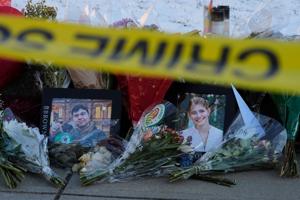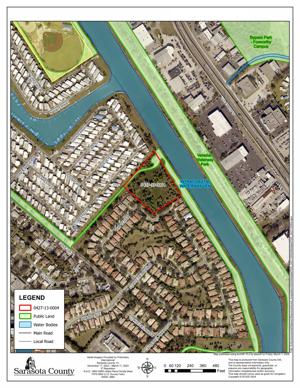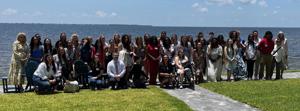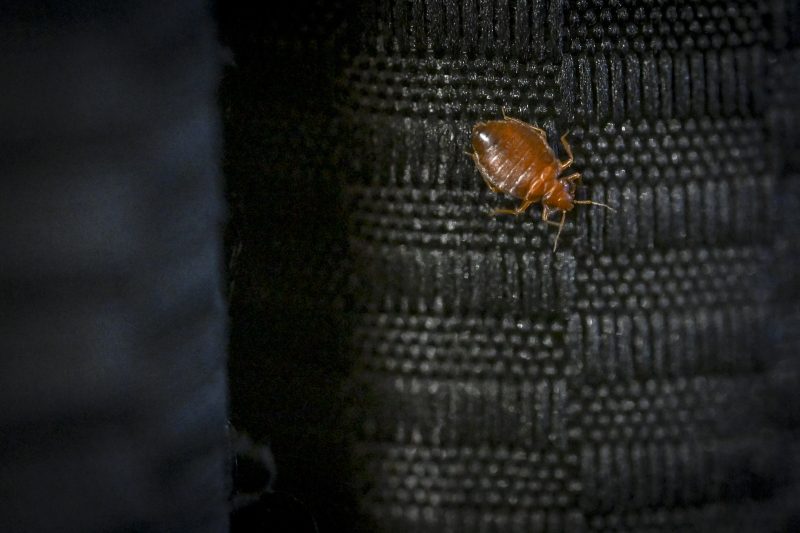NATO Urgently Reinforces Defenses Amid Rising Russian Threats
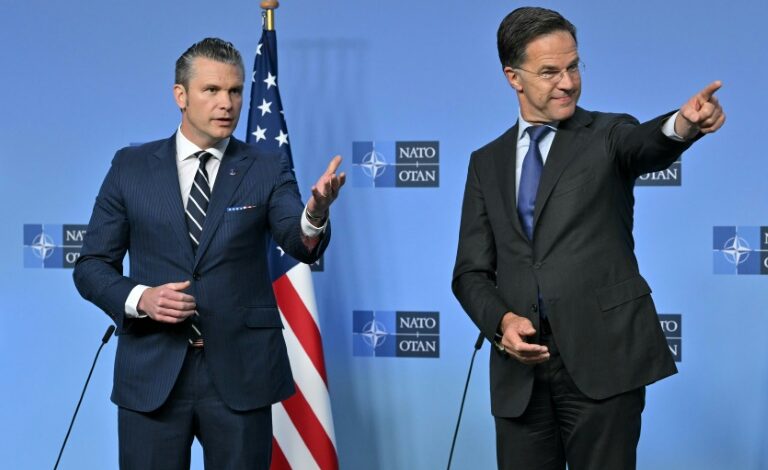
UPDATE: NATO defense ministers are convening today, October 11, 2023, in Brussels to urgently address escalating threats from Russia. With fears mounting that Moscow is testing Western resolve, the alliance is focusing on enhancing its defenses against Russian air incursions and bolstering support for Ukraine.
The meeting follows a series of alarming airspace violations by Russia over Poland and Estonia, which have raised concerns about potential conflict spilling beyond its borders. Additionally, mysterious drone activities have disrupted airports and approached military sites across multiple countries, intensifying anxieties that Russia is probing NATO’s reactions.
“In more and more ways, we are in a long-term and intensified conflict with Russia,” a Western official stated.
During this urgent session, U.S. Defense Secretary Pete Hegseth joins his 31 NATO counterparts to discuss potential boosts to military capabilities, including the supply of long-range missiles to Kyiv. The alliance is particularly focused on addressing gaps in its eastern flank after costly missile deployments were necessary to intercept Russian drones in Poland.
NATO Secretary General Mark Rutte emphasized the need for greater preparedness, stating, “We are doing what we trained for, and it works, but we need to do more.” With the security situation deteriorating, NATO has initiated new missions and strengthened its military presence in response to these provocations.
Member nations are reportedly considering revisions to their rules of engagement regarding Russian incursions, as some bordering countries call for a more robust response. Diplomatic sources indicate that NATO aims to enhance its anti-drone capabilities, incorporating innovative technologies similar to those utilized by Ukraine.
Simultaneously, the European Union is holding its own defense ministers’ meeting this evening, proposing the establishment of a “drone wall” initiative to counter aerial threats. However, skepticism remains, particularly from nations like Germany, regarding the EU’s overlapping responsibilities with NATO.
As the EU prepares a roadmap for its defense strategy, NATO’s commitment to countering Russian aggression is clearer than ever. Hegseth is expected to urge allies to fulfill their pledges to increase defense spending to 3.5% of GDP by 2035, as agreed upon at the Hague summit in June.
In a significant shift, the U.S. is aligning more closely with Ukraine, as tensions rise between President Donald Trump and Russian leader Vladimir Putin over stalled peace negotiations. Hegseth is advocating for increased financial support from NATO allies to fund U.S. weapon supplies to Ukraine, with current agreements totaling around €2 billion (approximately $2.3 billion).
Washington and Kyiv are urging nations like Britain, France, Spain, and Italy to contribute more. U.S. Ambassador to NATO, Matthew Whitaker, stated, “This program is vital, and allies must step up and contribute now to put the pressure on Russia to come to the negotiating table.”
Trump is also deliberating on the possibility of supplying Ukraine with longer-range Tomahawk missiles. This move could significantly alter the dynamics of the conflict, potentially allowing Ukraine to strike deep within Russian territory, including critical energy infrastructure, which could pressure Putin to engage in peace talks.
As NATO ministers strategize their next steps, the world watches closely. The outcomes of today’s meeting will shape the alliance’s immediate response to the ongoing threats from Russia and its commitment to supporting Ukraine’s defense efforts.

